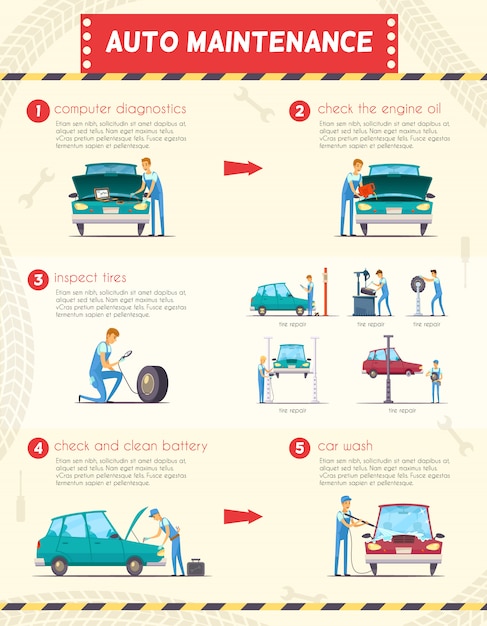Assessing Your Vehicle'S Warning Indicators: What They Really Communicate
Assessing Your Vehicle'S Warning Indicators: What They Really Communicate
Blog Article
car seat shampoo wash Composed By-Vinson Alvarado
When you lag the wheel, those glowing warning lights on your dashboard can be a bit perplexing. Do you understand what they're attempting to inform you concerning your car's wellness? Comprehending vehicle detailers near me of these lights is crucial for your security and the longevity of your car. So, the next time among those lights turns up, would not you wish to analyze its message properly and take the essential actions to address it?
Common Caution Lights and Interpretations
Recognize common caution lights in your auto and comprehend their meanings to make sure secure driving.
The most regular caution lights consist of the check engine light, which indicates issues with the engine or discharges system. If this light comes on, it's important to have your car checked promptly.
The oil stress advising light indicates low oil stress, requiring instant focus to prevent engine damages.
A blinking battery light may recommend a damaged billing system, possibly leaving you stranded otherwise attended to.
The tire stress surveillance system (TPMS) light notifies you to reduced tire pressure, influencing vehicle security and gas effectiveness. Overlooking this can lead to unsafe driving problems.
The ABS light indicates an issue with the anti-lock stopping system, compromising your ability to quit quickly in emergency situations.
Finally, the coolant temperature level alerting light warns of engine getting too hot, which can result in serious damage if not dealt with quickly.
Understanding these typical caution lights will assist you address issues promptly and keep safe driving problems.
Significance of Prompt Attention
Recognizing the common caution lights in your vehicle is only the initial step; the significance of promptly attending to these warnings can not be emphasized sufficient to ensure your security on the road.
When a caution light brightens on your control panel, it's your cars and truck's method of connecting a prospective problem that needs attention. Overlooking https://thumbwind.com/2022/07/22/automotive-mechanic-books/ can bring about much more extreme issues later on, jeopardizing your safety and potentially costing you a lot more in repairs.
Prompt attention to cautioning lights can stop malfunctions and mishaps. For instance, a flashing check engine light could suggest a misfire that, if left unattended, can cause damages to the catalytic converter. Addressing this immediately can conserve you from a costly repair.
In a similar way, a brake system alerting light could indicate reduced brake fluid or used brake pads, critical components for your safety and security when driving.
DIY Troubleshooting Tips
If you discover a caution light on your control panel, there are a couple of DIY repairing suggestions you can attempt prior to looking for professional aid.
The initial step is to consult your auto's manual to understand what the certain warning light indicates. Occasionally the problem can be as straightforward as a loose gas cap causing the check engine light. Tightening up the gas cap may fix the trouble.
https://ecu-tuning-shops-near-me40627.actoblog.com/30539139/the-all-inclusive-overview-to-auto-explaining-products-crucial-tips-for-every-novice is a low battery, which can set off various advising lights. Inspecting the battery links for corrosion and ensuring they're safe and secure could fix the problem.
If a caution light continues, you can attempt resetting it by separating the auto's battery for a few mins and then reconnecting it. In addition, inspecting your car's liquid degrees, such as oil, coolant, and brake fluid, can assist troubleshoot alerting lights connected to these systems.
Verdict
To conclude, comprehending your auto's caution lights is necessary for keeping your automobile running smoothly and safely. By immediately attending to these alerts and understanding what they suggest, you can avoid costly repairs and prospective breakdowns.
Bear in mind to consult your vehicle's handbook for specific details on each cautioning light and take action accordingly to ensure a trouble-free driving experience.
Stay informed, remain risk-free when traveling!
